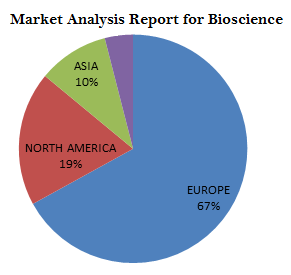
Tuan Vo-Dinh
Fitzpatrick Institute for Photonics-Duke University, USA
Title: Plasmonics nanoprobes: A new generation of biotools for cellular sensing, biomedical imaging and bioenergy research
Biography
Biography: Tuan Vo-Dinh
Abstract
There is a strong need to develop nanoprobes for cellular sensing and imaging, which allow selective and sensitive monitoring of bio-targets and molecular processes inside and outside cellular systems related to studies of plant bio-systems relevant to biofuel production. We develop a new class of nanoprobes called inverse molecular sentinels (iMS) for nucleic acid targets (e.g., mRNAs, microRNAs, siRNAs) that will enable imaging and study of cellular functions, both in plant and microbial species using surface-enhanced Raman scattering (SERS) detection. The iMS nano-probe system is composed of three parts: A stem-loop nucleic acid probe labeled with a Raman reporter, which provides the source of the Raman signal; a plasmonic-active nanoparticle e.g. nanospheres or nano-stars and; an unlabeled capture placeholder strand. Upon exposure to the target sequences, the placeholder capture strand leaves the “open” stem-loop probe, allows the stem-loop to “close” and moves the Raman label onto the plasmonics-active metal surface; this yields a strong SERS signal. The multiplex capability of SERS is an important feature due to the narrow Raman bandwidths, which provides significant advantages over other methods. We demonstrate the multiplexing capability of the iMS technique to target RGA and PP2AA3 genes of plant cells. RGA gene belongs to a 5-gene DELLA family in Arabidopsis, which plays a critical role in controlling plant biomass. The results of this study demonstrate the feasibility of using the iMS nanoprobes for multiplex detection of important markers in bioenergy-relevant plant systems. The results obtained with the iMS sensing technology will be useful to understand and manipulate vegetative plant growth by identifying and ultimately modulating DELLA expression in specific cell types. Because DELLAs play a central role in regulating vegetative growth in flowering plants, our work will provide significant insights into novel ways to manipulate plant growth to increase biomass if renewable energy sources are for a sustainable and green future.

